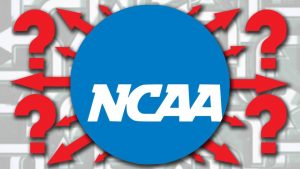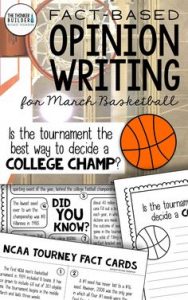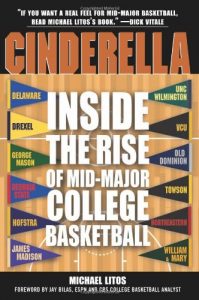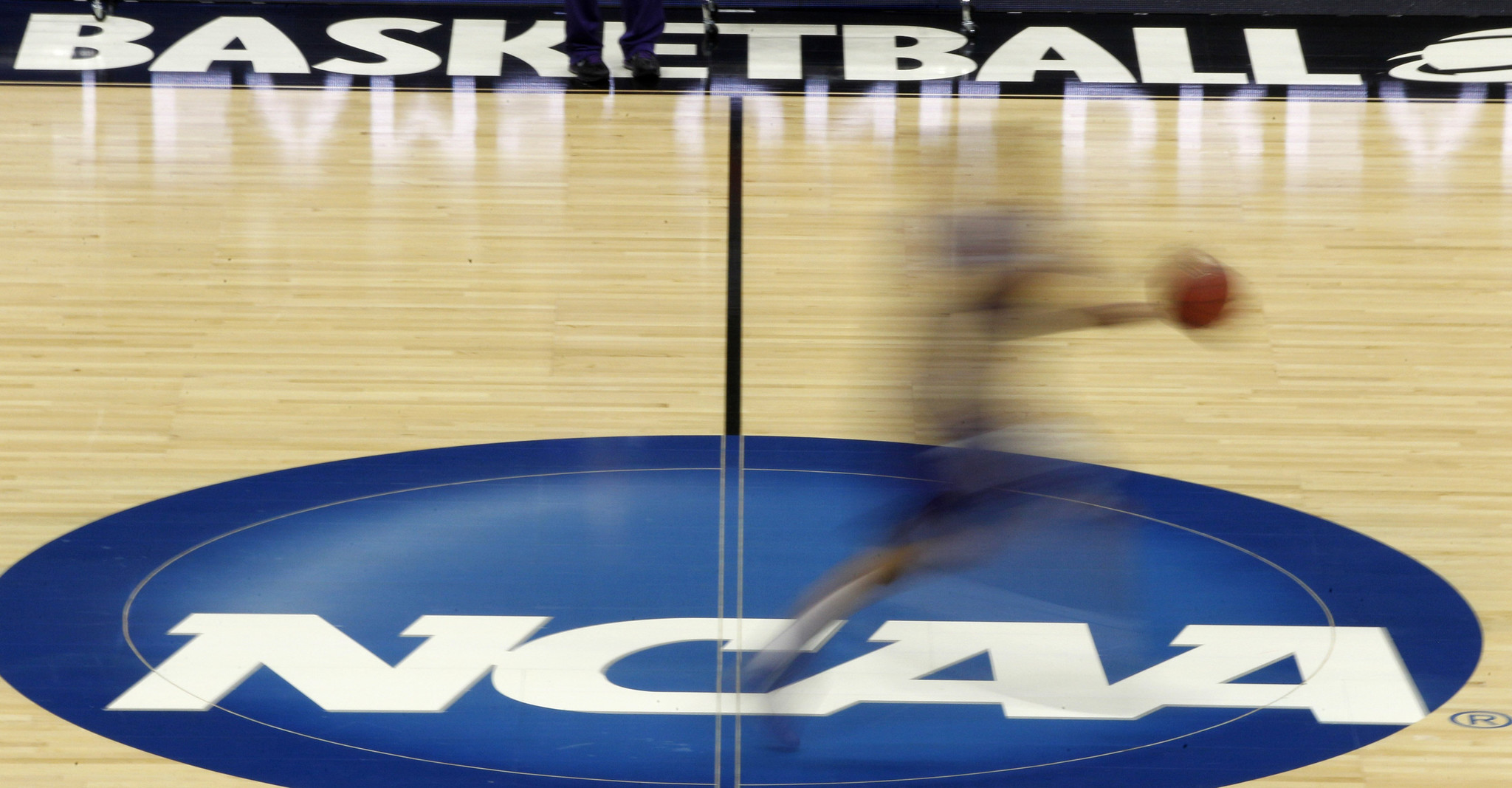Damaging and Decisive NCAA Transfer Rule on Horizon
New Proposed Transfer Rule for Immediate Eligibility Will Destroy College Basketball Mid-Majors
In 2006, the NCAA instituted the graduate transfer rule, which was intended to allow student-athletes to transfer and enroll in a graduate program not offered at their undergrad school. In today’s college basketball, those graduate players are essentially ‘free agents’. Of course, many coaches did not like that. Others took advantage, as do the players who don’t have to sit out a year. In the upcoming NCAA meetings, a topic of discussion will be guaranteeing a scholarship for the length of the graduate program as it relates to graduate transfers. Most graduate programs are for two years, meaning that if a program wanted to add a graduate transfer it would then have to guarantee the scholarship for two full seasons.
But the big news coming at the upcoming NCAA meetings is that the NCAA will be discussing a proposed rule change of the immediate eligibility for transfers. The rule would strike the current requirement that athletes sit out an entire

More questionable decisions by the NCAA?
year after transferring to another school. The main point of discussion in these meetings will be that if a student athlete earns a certain grade point average (GPA), expected to be near 2.8, he or she would be eligible to transfer and play immediately without a sit out year. As proposed, it would allow a player to transfer once immediately. If the rule is passed, it is expected to go into effect Aug. 1, 2018.
If the proposed rule change of immediate eligibility for transfers is enacted, we’re likely going to see a much different college basketball landscape moving forward. The evolution of two divisions of NCAA Division 1 college basketball is on the horizon, and mid and low-major college basketball programs are going to be hit with a knockout punch.
 If the rule goes into effect, “mid-major schools would become “a farm club system” for power conferences,” says Southern Illinois coach Barry Hinson. Of course he’s right, as the ‘poaching’ of better players from mid and low-majors would be a continuous cycle of corruption as major programs pick off the better players from smaller programs.
If the rule goes into effect, “mid-major schools would become “a farm club system” for power conferences,” says Southern Illinois coach Barry Hinson. Of course he’s right, as the ‘poaching’ of better players from mid and low-majors would be a continuous cycle of corruption as major programs pick off the better players from smaller programs.
“I really think it’s a dark day for our sport if it’s just free agency,” said Loyola coach Porter Moser.
It’s a death sentence to mid and low-majors.
The NCAA’s heavy hand of inappropriate decisions, unfairness, and corruption of big time, college basketball is about to create the great divide. And the coaches can’t do anything about it. The NCAA’s greed and corruption has already created a mockery with some of their rules changes, decisions and continued bias against mid and low-majors when it comes to NCAA Tournament, seedings and other tournament selections.
 I’ve always enjoyed college basketball more than the pro game and NBA. And betting on the games offers so many more opportunities. For many serious and professional gamblers, college basketball is the preferred sport of choice when betting. It’s more beatable and offers more soft lines with more lined games throughout the week. More mid-range single-digit underdogs win outright than in any other sport. Money-line underdogs are a competitive opportunity nightly. And that’s why the leading sportsbooks offer lower limits on both college basketball sides and totals.
I’ve always enjoyed college basketball more than the pro game and NBA. And betting on the games offers so many more opportunities. For many serious and professional gamblers, college basketball is the preferred sport of choice when betting. It’s more beatable and offers more soft lines with more lined games throughout the week. More mid-range single-digit underdogs win outright than in any other sport. Money-line underdogs are a competitive opportunity nightly. And that’s why the leading sportsbooks offer lower limits on both college basketball sides and totals.
No doubt growth, change and adjusting are part of the game and everyday life. And a big change is coming that will impact gambling on college basketball and all sports with the legalization of sports betting in the United States. Hi-tech sports trading and in-game wagering has added to the excitement and interest in the games as sports betting continues to rise. The NCAA basketball tournament has been setting record handles in recent years, and we’re probably going to see the NCAA continue to modify the tournament, rules, screw-up seedings and perhaps even eliminate the mid and low-major programs from invitation. This is certainly not fair, but everyday life is not fair. Major college programs have changed conferences over the past decade hoping to create a better position for their universities in the evolving landscape of college athletics. Of course much of it is about money, but relationships and rivalries were damaged along the way.
 Now the potential to split Division 1 college basketball teams into “haves” and “have-nots” is in the NCAA’s hands. And it’s likely they won’t pass the ball to create a better shot or a better game. They’re going to travel and take three or four steps down the lane and slam the ball down the mid-majors throat.
Now the potential to split Division 1 college basketball teams into “haves” and “have-nots” is in the NCAA’s hands. And it’s likely they won’t pass the ball to create a better shot or a better game. They’re going to travel and take three or four steps down the lane and slam the ball down the mid-majors throat.
The power conference schools – ACC, Big 12, Big Ten, Pac-12 and SEC make up 65 of the 348 teams in major college basketball. Add in the Big East, Atlantic 10 and American Athletic Conference and we’re up to 101 teams. So more than two-thirds of the teams are considered mid-major or low-major college basketball teams and programs. And they are about to get hit with a technical foul and another rule change that will give the major programs another possession of the ball.
You always knew the NCAA had the best interest of the student-athletes and all programs in mind, right? Kind of like the family courts motto of “the best interest of the children” when they take a father away from his children, strip his rights and positions, and cover up their own mistakes. The NCAA is taking the ball away from the mid and low-majors and telling them they can go play elsewhere. The NCAA is damaging relationships, programs and certainly to a degree the game of college basketball. The immediate transfer rule will strip the mid and low-major programs of better players they recruited and built relationships with that help them win and become better and more relevant.
Money and power is about to prevail again as the NCAA writes another chapter in their own rulebook without consulting the coaches or voices of reason, or considering enough the ultimate impact of a ‘free agent’ market in college athletics.
The next chapter of NCAA meetings may be an all-major conference NCAA basketball tournament.
Article posted on osga.com.

 Twitter
Twitter Facebook
Facebook